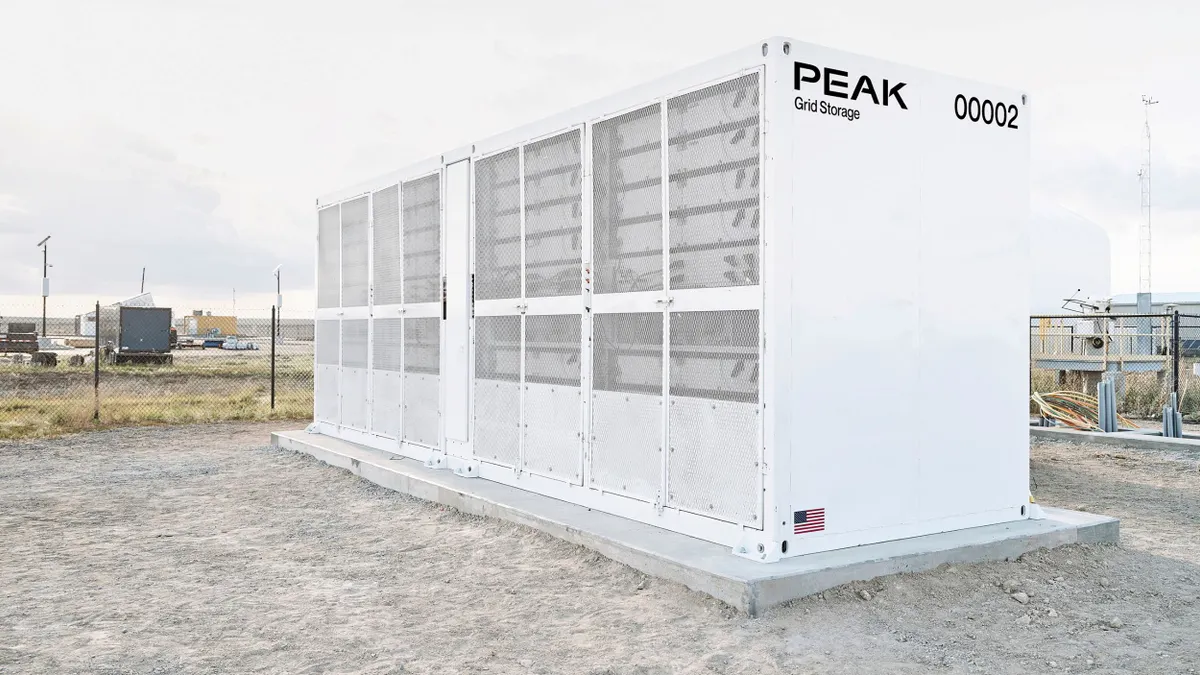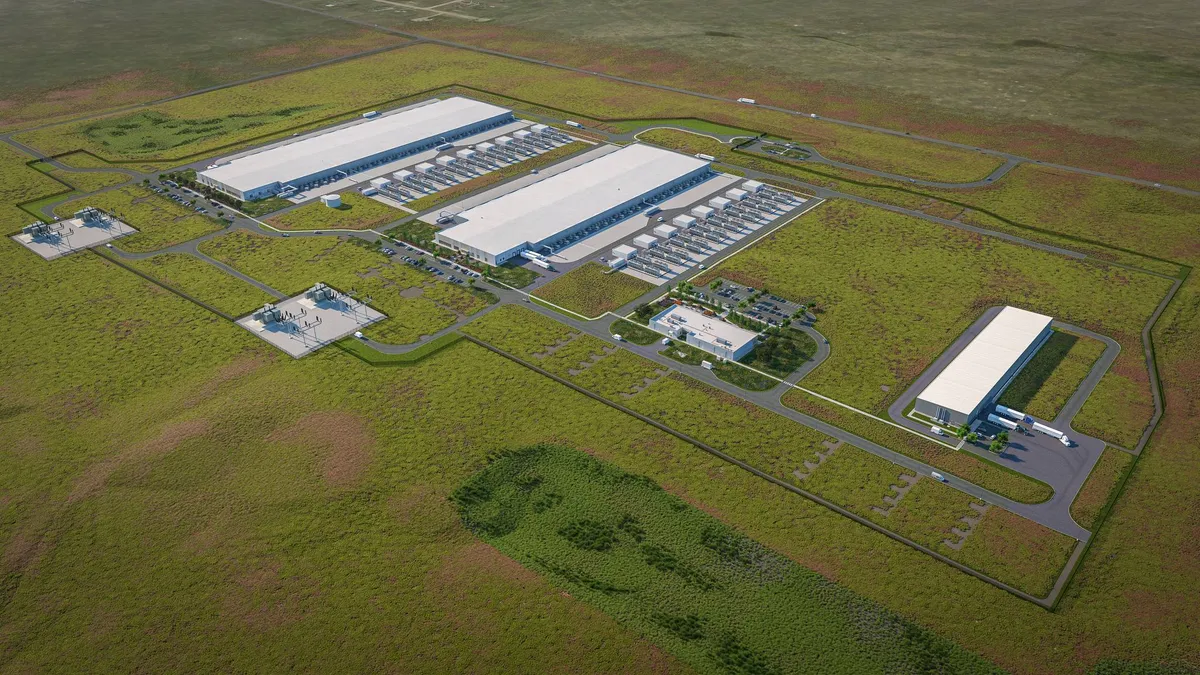Electricity prices are rising faster than inflation. Utilities are navigating higher market and capacity prices, strained supply chains, and growing demand. For many households, monthly energy bills are already a stretch and getting tighter.
As costs across the power system increase, utilities are working to meet ambitious goals around reliability, decarbonization, and equity. Investments in tools such as distributed energy resources (DERs) and Virtual Power Plants (VPPs) are part of the push to meet the needs of the moment.
But here’s the challenge: while many of these tools save money for the customers that use them, they don’t always lower rates for everyone else.
EV managed charging is different. It can reduce costs for all customers, including those who do not drive an EV. Yet, in 2025, managed charging remains an underutilized tool.
Managed Charging Lowers the Cost to Serve Everyone
EVs can either increase grid stress and utility costs, or help relieve both. The difference depends on when and how EVs are charged.
Managed charging doesn’t reduce electricity sales. It shifts when the sales occur. The average EV is plugged in for 10 hours but only needs about two hours to fully charge. This creates a wide window to schedule charging at lower-cost times, while still meeting drivers’ needs.
Here’s why that matters: when utilities can sell more electricity without triggering grid upgrades, they lower their cost to serve everyone. That reduces the overall revenue requirement and puts downward pressure on rates, benefitting all customers—not just EV drivers.
EV Load is Growing. So is the Need for Managed Charging.
Nearly 1.5 million EVs were sold in the U.S. last year. There are now more EVs on the road than rooftop solar systems installed. And as more affordable models come to market, those numbers will keep rising.
The effects of unmanaged EV charging are showing up close to home. Distribution infrastructure—like transformers and feeders—was not designed to accommodate the high, localized demand from clusters of EVs. Many utilities are already seeing signs of strain.
According to the Department of Energy, unmanaged EV charging could drive billions in grid upgrade costs over the next decade. But this outcome is not inevitable.
Managed Charging Works. Now It Needs to Scale.
Utilities and regulators increasingly recognize the power of effective EV managed charging to mitigate significant grid upgrade costs. But right now, only ~1% of EVs are enrolled in managed charging programs that can both provide grid value and put downward pressure on rates. This needs to change.
The potential for managed charging is substantial. A Lawrence Berkeley National Lab study indicates that managed charging can reduce the incremental annual cost of integrating EVs by ~38-62%. Another study from Argonne National Lab found that managed charging can create more than $300 in distribution-level benefits per vehicle per year.
To realize this potential, managed charging programs need:
- Authorized EV data access and controls: Utilities need stable, secure connections to vehicles. This requires direct, authorized partnerships with automakers rather than relying on unstable methods such as screen scraping or reverse-engineering APIs.
- Distribution-level focus: The most significant grid costs for EVs occur locally, not at the system peak. Programs should aim to manage load from the “bottom-up” at transformer and feeder levels to maximize value.
- Simplicity for customers: Enrollment should be easy. Incentives must be straightforward, rewarding desired charging behaviors while remaining cost-effective.
- Scale: Utilities have successfully scaled programs before. Managed charging can follow these models. With automakers as partners, utilities can leverage powerful marketing and recruiting channels.
Proven Results from Leading Utilities
Baltimore Gas and Electric’s Smart Charge Management program offers proof of managed charging impact when done right. Built on authorized data and designed to reduce distribution costs, the program successfully lowered local grid stress and has been cost-effective. This success led the Maryland PSC to approve an expansion to 30,000 vehicles.
New York is also taking this seriously. In the New York PSC’s "Grid of the Future" proceeding, managed charging was identified as the largest flexible load resource.
Driving Affordability for All Customers
Managed charging offers an opportunity to grow load that strengthens the system and puts downward pressure on rates. That’s a powerful combination at a time when both grid costs and customer expectations are rising.
Utilities are well-positioned to lead. They understand local constraints. They plan for the long term. They have the customer relationships to make these programs work.
Getting managed charging programs right won’t just benefit EV drivers. It will help every customer connected to the grid.
The path is clear. Now is the time for execution.









